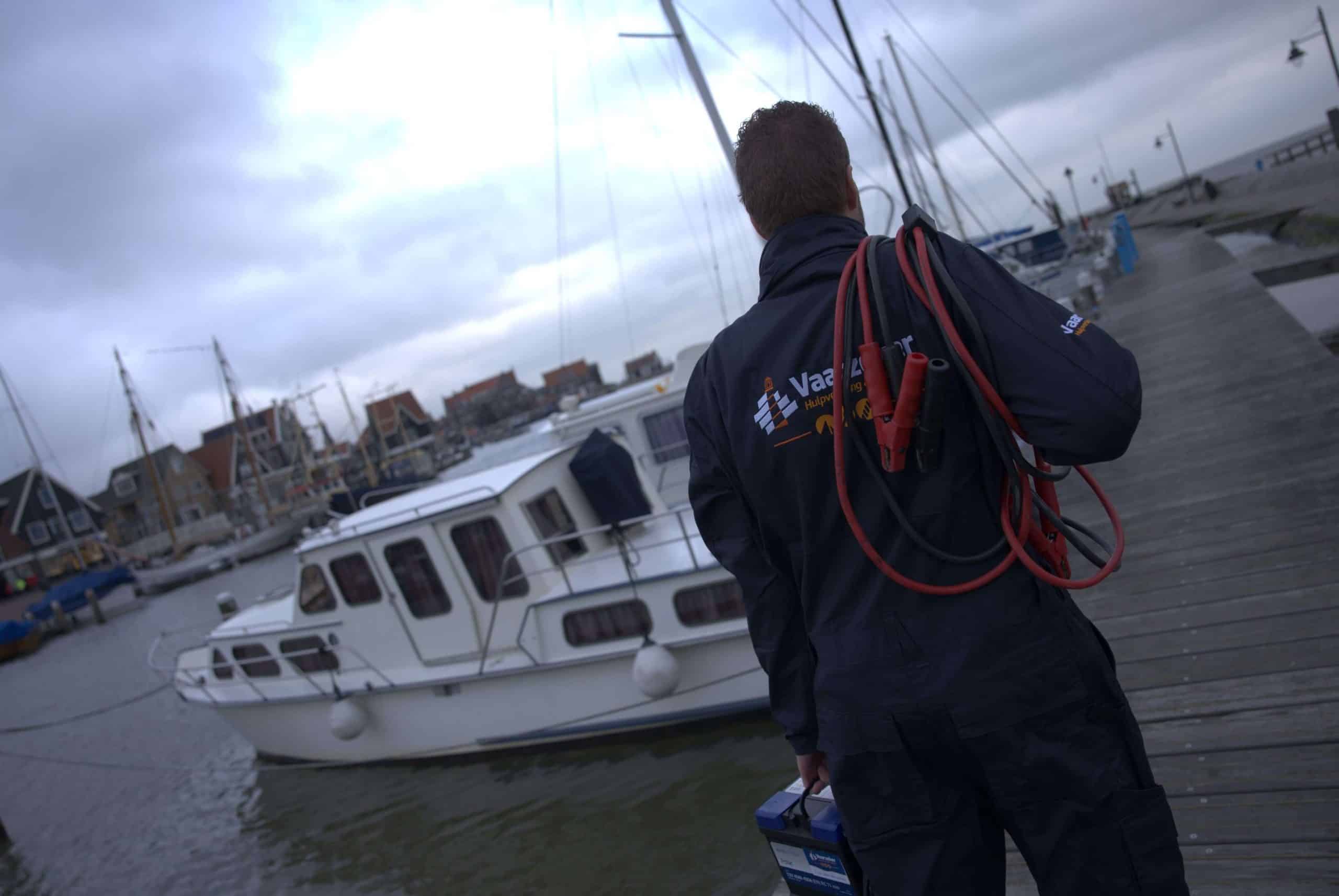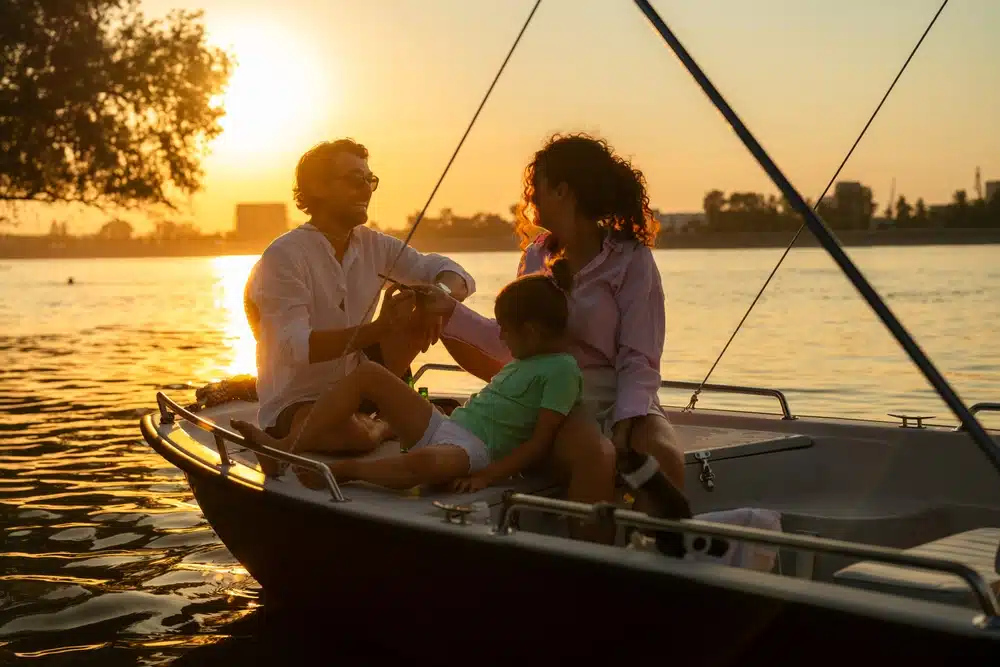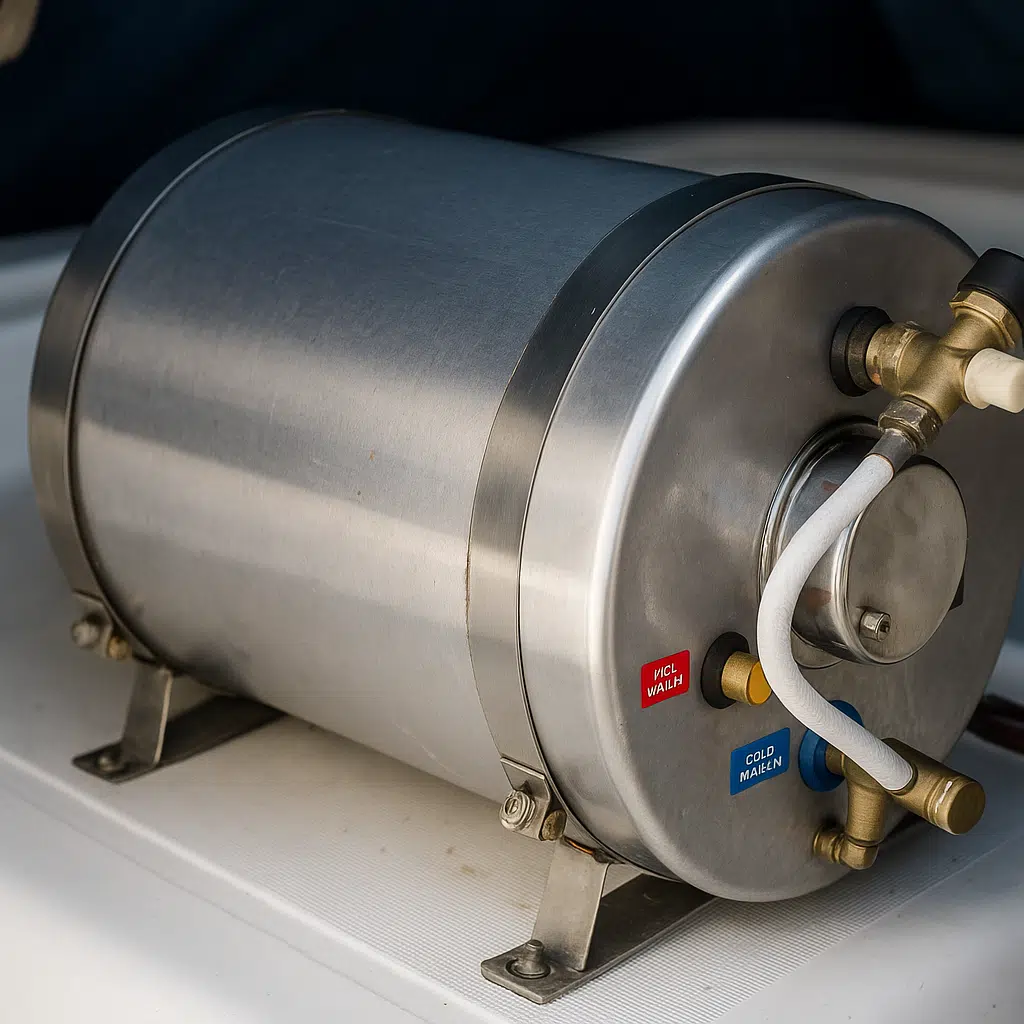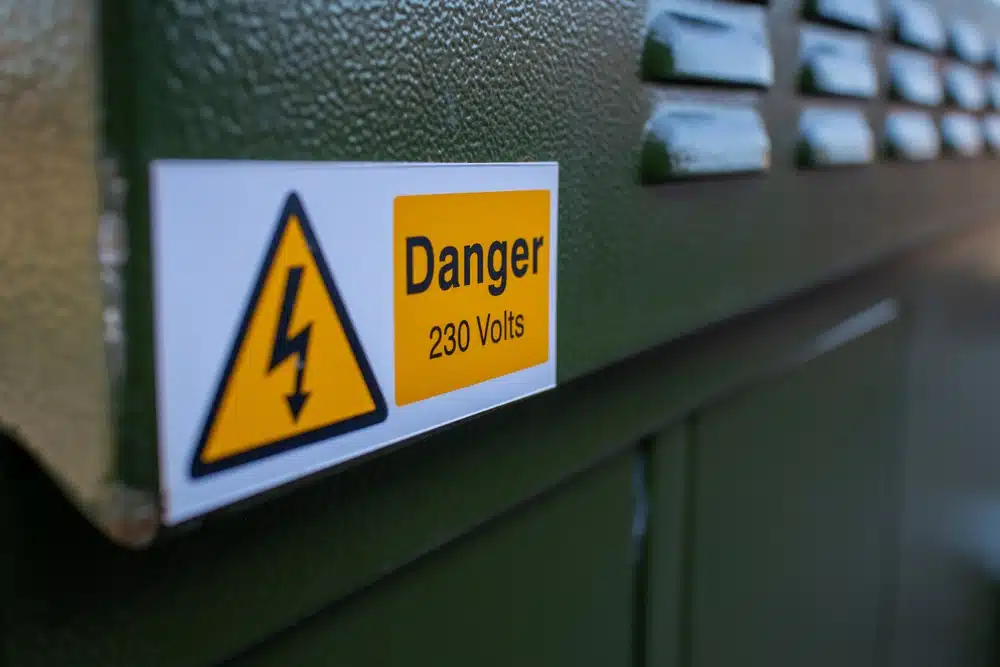- Blog
- September 30, 2025
Connecting water heater to boat - Here's how it works!
A boiler connecting to the boat is easier than you think, as long as you know what to look out for. With the right roadmap, you can safely connect a water heater to your engine and shore power so you'll always have hot water on board. Whether you want to shower, wash dishes or just want a little comfort on the water: a properly connected water heater makes all the difference. Want to know where to start and how to avoid mistakes? Then read on quickly and find out for yourself.
The blog in brief:
- Hot water on board increases comfort and independence
- Steps for connecting the water heater
- Choose a compact, well-insulated water heater to suit your type of boat
Why would you connect a water heater to your boat?
Hot water on board is no longer a luxury, but a smart investment in comfort and convenience. With the right installation, you make use of the residual heat from your engine or shore power when you are idle. This way you are less dependent on port facilities and have the convenience of home, on the water. Especially with children or in cold weather, this really makes a difference.
Moreover, today there are compact models that fit even in smaller boats. These models are safe and energy efficient.
How can you connect a water heater to the boat?
Connecting a boat boiler begins with preparation and ends with testing. There are five parts to a safe installation. Read the steps below for connecting your boat water heater.
Choosing the right place
Place the water heater on a solid surface, preferably near engine and power supply. Make sure the area is dry and well ventilated. Consider accessibility, as you need to be able to access it easily later for maintenance. Use vibration dampers to prevent noise and wear.
Connecting to the cooling water system
Through a heat exchanger, the motor heats your water heater. Use heat-resistant hoses and install brass or stainless steel couplings. Keep the hoses as short as possible for efficient heating. Don't forget to vent. Air bubbles impede flow and can damage the water heater.
Water pipe installation
Connect the cold water supply with sturdy, pressure-resistant hoses. Attach the hot water outlet to your faucet or shower. It is important not to forget and purchase a few items here for installation:
- A check valve to prevent backflow
- A pressure relief valve with a discharge hose
- A mixer faucet for safe temperature when used with children
Electric Connecting
Boilers with electric element operate on 230 V. Connect it through a separate fuse group and ground fault circuit interrupter. Make sure that you do not switch on the heating element until the boiler is filled, otherwise the element may burn out. Check if your shore power system can handle this load.
System testing
Once everything is connected, it is important to carefully test the entire system. This will prevent leaks, damage or a malfunctioning water heater during operation. So take the time to check each step before putting the system into operation. Check the following:
- Hoses on leakage
- Whether the water heater gets hot (electric or via motor)
- The operation of pressure valve and thermostat
- Whether all connections are secure and remain accessible
What are common mistakes when connecting?
Connecting a water heater boat yourself often goes wrong at the same points. Read the mistakes below so you can avoid them. In any case, use hoses of a quality mark and heat resistance of at least 100 degrees. Low quality hoses often cause leaks on the first test. Other points to watch out for are:
| Common mistake | Consequence |
|---|---|
| Hoses cross or kink | Reduced flow |
| No venting in the system | Air bubble in system → no heating |
| Boiler connected without water | Heating element burns out |
| Insufficient insulation | Heat loss and higher power costs |
| Wrong connectors | Engine leakage or damage |
Boiler connection not successful?
With the proper preparation and a little technical insight, you can connect a water heater boat to both engine heat and shore power yourself. Choose a water heater that suits your type of boat and comfort requirements, follow the steps carefully and test the system thoroughly. That way you will sail more comfortably and independently. Do you think there is something wrong with the water heater or the boat itself? Then contact with us or check out one of our subscriptions for more information.
Need help choosing?
Need help choosing a subscription? Then use our handy selection guide.
Recent news/blog posts
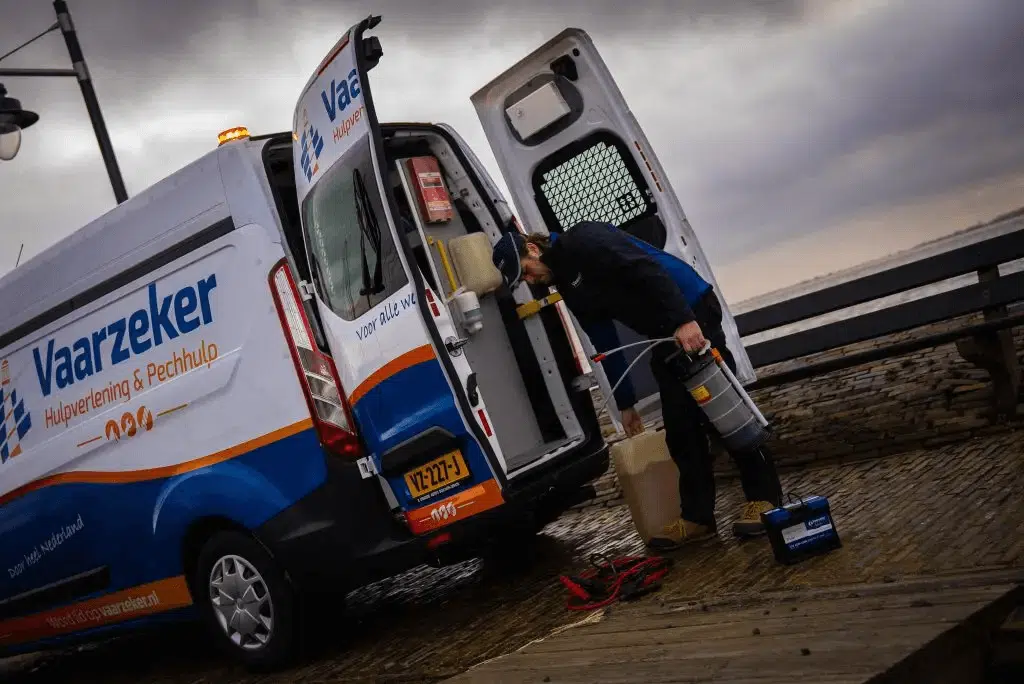
Need towing service for your boat? - Here's what you need to know!
- Blog
- September 30, 2025

Newsletter subscription
Fill out the form below to become a member of our newsletter
